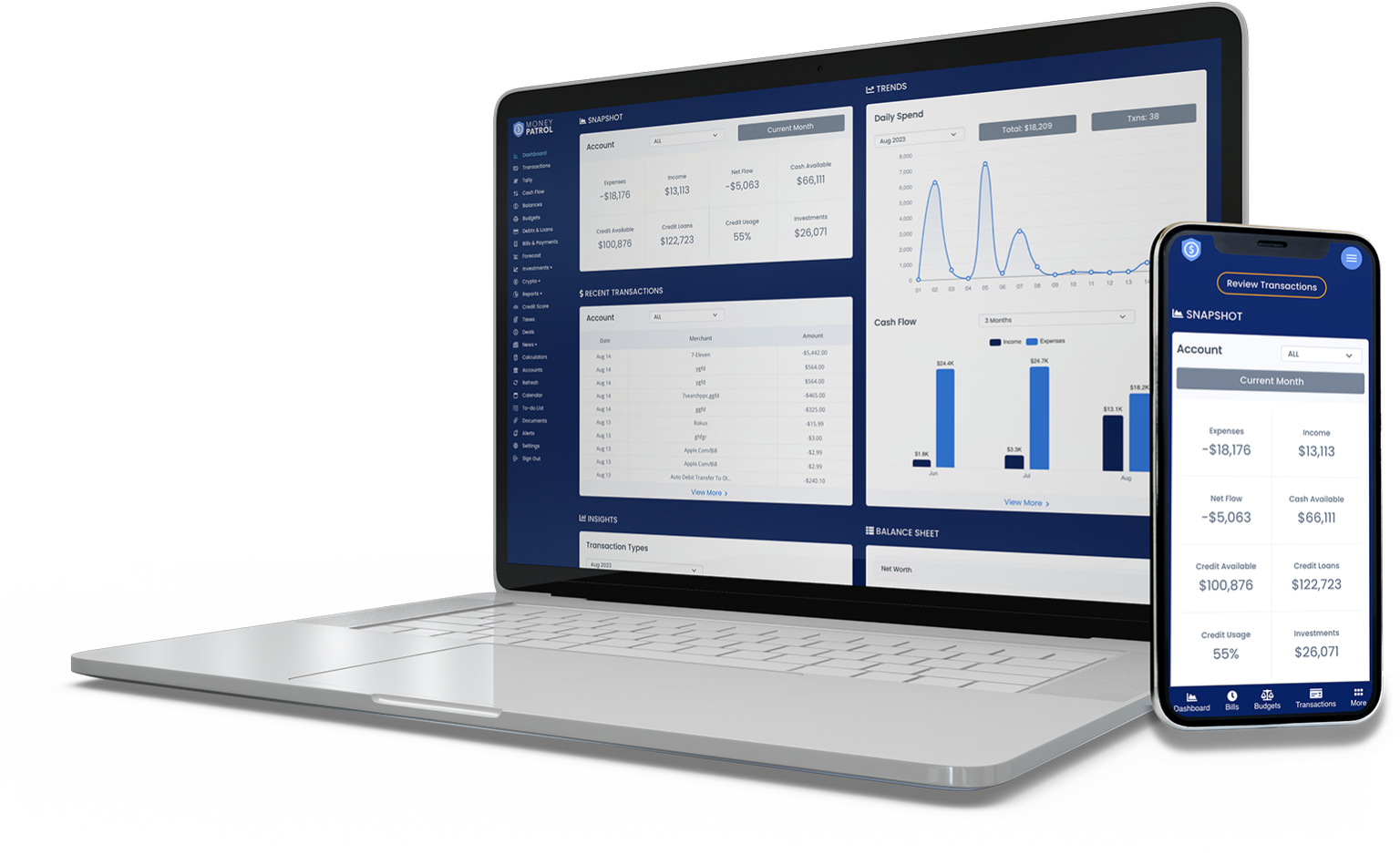Consumer debt refers to personal indebtedness incurred due to the purchase of items for personal or family use. Consumer debt encompasses credit card debt, school loans, auto loans, mortgages, and payday loans. These are distinct from other loans utilized for corporate investments or debt generated via government activities.
- The world economy has faced a recession more than four times in the last fifty years. Covid-19 has further pushed many underdeveloped economies into debt.
- However, why debt is more prevalent in modern times is the question to ask at the moment.
- Here, we will try to understand what debt is, the reasons for increasing debt in recent years, and some practices we can adopt to repay our debts timely.
Another viewpoint holds that consumer debt increases consumer spending and output, ultimately boosting the economy and smoothing consumption. People, for example, borrow early in their lives for schooling and housing and then repay that debt later in life when they earn larger salaries.
What is Consumer Debt?
Consumer loans are divided into two types: revolving debt and non-revolving debt, and can be issued by a bank, the federal government, or credit unions. Revolving debt, such as credit cards, is paid off regularly. Still, non-revolving debt is a loan with a flat sum upfront and fixed payments over a set duration. Non-revolving credit often includes vehicle loans.
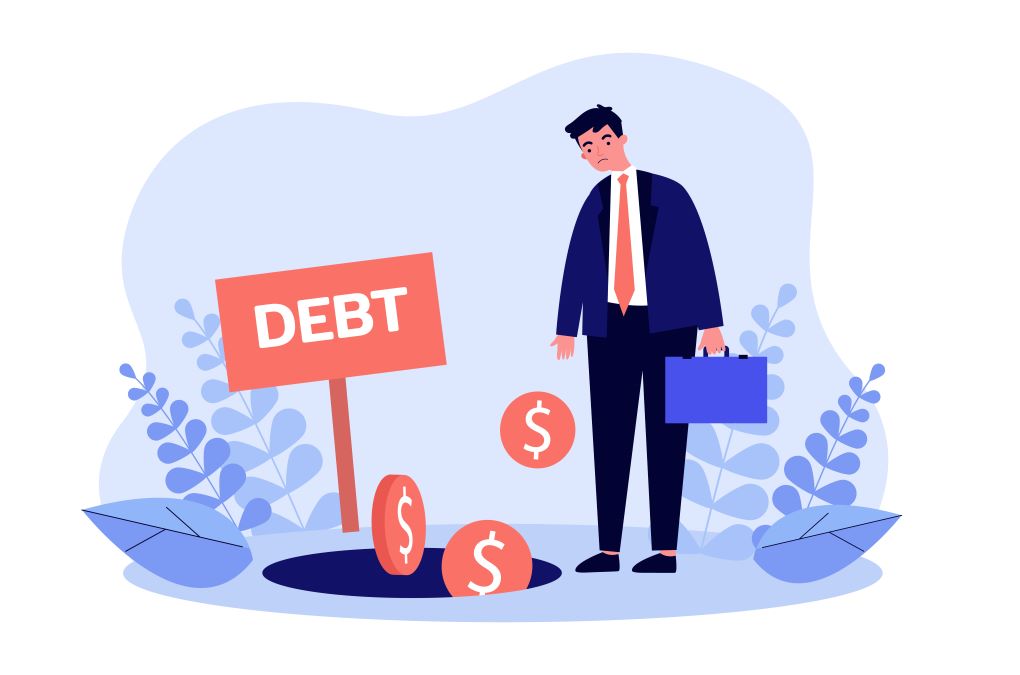
Consumer debt is seen as a financially inefficient form of financing since the interest rates are levied on debt. Such as, credit card balances are excessively high compared to mortgage interest rates. Furthermore, the products acquired often do not supply a necessary utility and do not increase in value, which may justify incurring that debt.
When utilized for education, debt might be considered a means to an end. Education paves the way for higher-paying occupations in the future, creating a positive spiral for both the person and the economy.
Consumer debt was $4.16 trillion in September 2020, with $3.17 trillion in non-revolving debt and $988.6 billion in revolving debt. Consumer debt, if not managed effectively, consumer debt may be financially crippling. And have a negative influence on an individual’s credit score, limiting their capacity to borrow in the future.
Regardless of the positives and negatives, consumer debt in the United States is on the increase due to the ease with which financing can be obtained along with the high level of interest rates.
1. Low-Income Levels
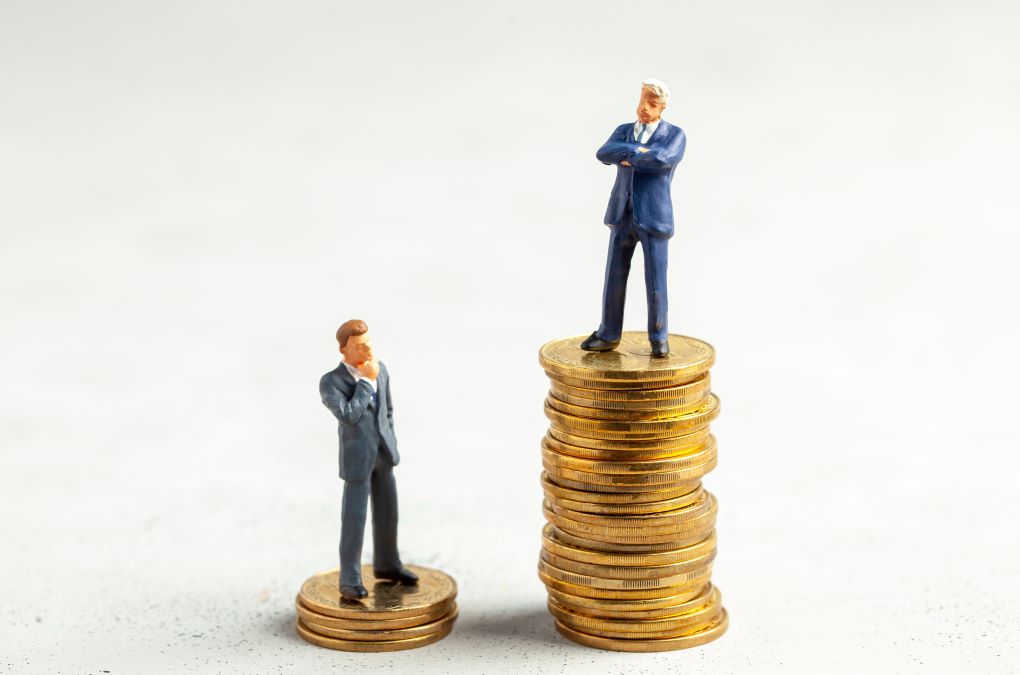
The corona pandemic has made it challenging for many people to make their ends meet. This has forced people to borrow money for paying essential bills and making significant purchases. Let alone savings, some people find it hard to meet their daily requirements.
According to Experian;
- The lower your income, the simpler it is to accumulate debt. That apparent lesson became clear in 2020.
- The unemployment rate increased from 3.5 per cent before COVID to 14.8 per cent in April 2020, the peak level since 1948.
- The overall amount of consumer debt in the United States increased by $800 billion. That was a 6% gain over 2019, the most significant yearly growth rate in more than a decade.
- Student loan debt climbed the greatest (12%), followed by mortgage debt (7%) and personal loan debt (3%). (6 per cent).
However, credit card debt fell by $73 billion, a 9% decline from the previous year and the first yearly drop in eight years.
According to an Experian poll conducted in November 2020, 66 per cent of customers spent the same or less during the pandemic than in 2019. Around 33% of those polled stated they planned to save more money in 2020 than before.
2. High Living costs
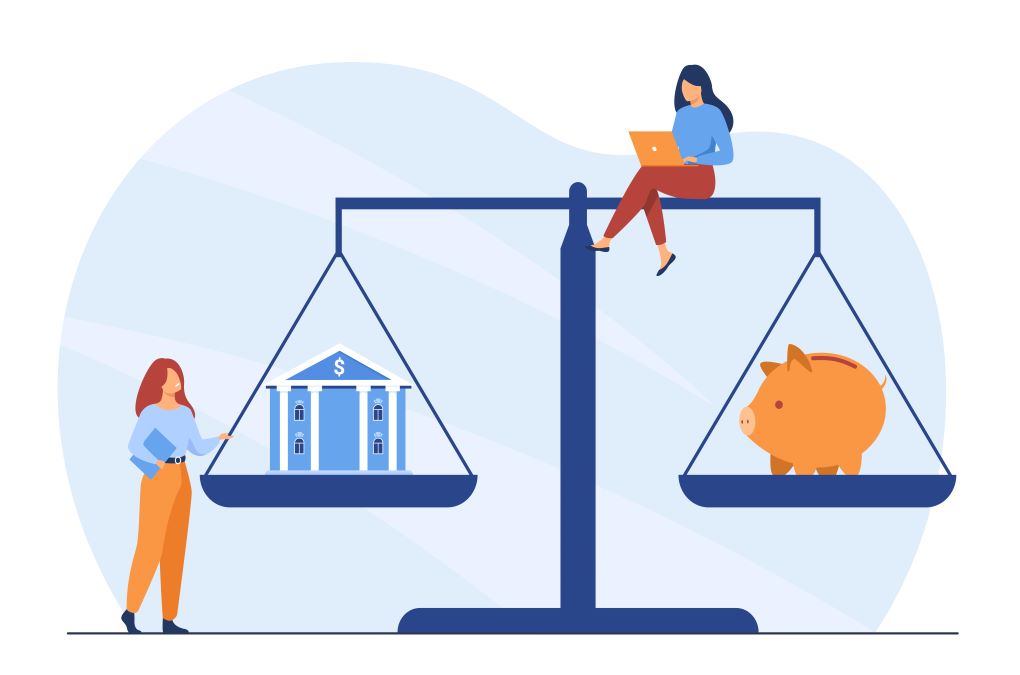
High living modern standards have forced people to buy things that are non-essential and non-affordable for many people. This includes higher house prices, purchase of luxury products, etc.
The epidemic is still going on, as is the financial pressure it has put on many Americans. Total debt has risen in the last year, despite a decrease in outstanding credit card debt. The cost of living is mounting faster than household incomes.
As per the NerdWallet’s annual study of credit cards and other types of household debt, credit card balances carried from month to month are down dramatically – nearly 14 percent — from a year ago.
Falling to $357 billion in September 2021. However, all other forms of debt covered by the survey, including mortgage, vehicle, and student loan debt, grew over the previous year, as did overall debt. And total credit card debt — that is, all sums, not just those carried over from month to month.
According to the study, more than a third of Americans (35%) believe their household’s financial status has deteriorated in the last year. Of that set, 38% say their total household income has reduced, while 36% say their overall household costs have grown. More than one-fifth (21%) of individuals whose finances have worsened say it’s because they lost their employment.
3. Overuse of Credit Cards
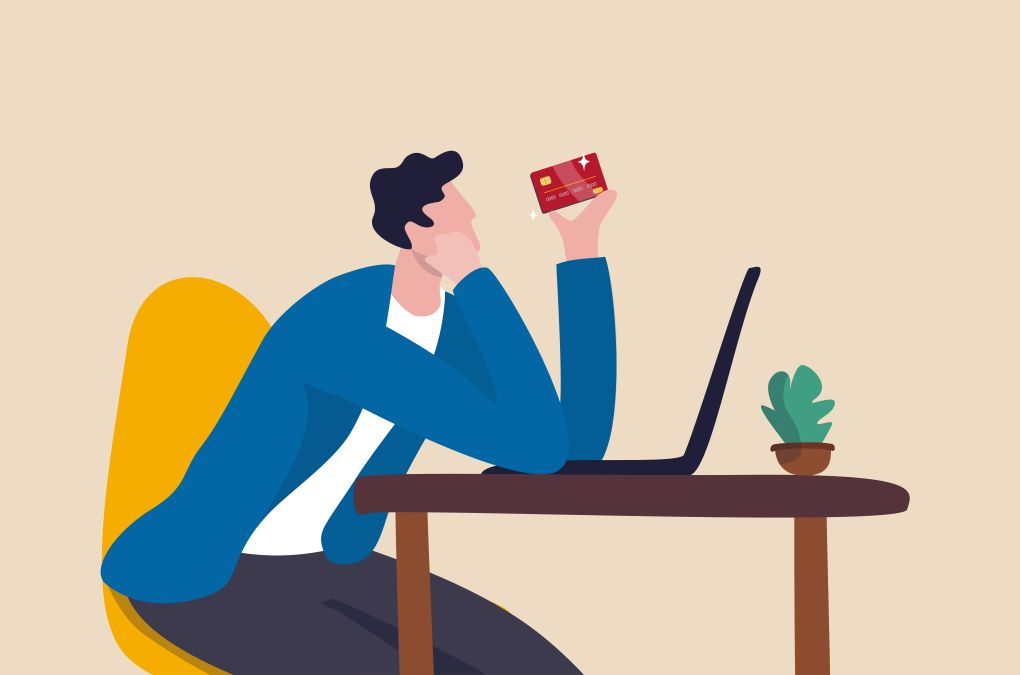
Although a credit card is a valuable paying option, make sure you use it correctly. Overuse of credit cards without making enough repayments will land you in debt sooner or later. It is always advisable to discuss an effective debt management plan with your credit card providers and how to implement it when necessary.
Americans owe $807 billion on about 506 million credit card accounts. The median debt per American household is $2,700, with an average debt of $6,270. Consumers’ average balance is $5,315, albeit part of that debt may be kept on shared cards and double-counted.
- As per the most recent data from the Federal Reserve’s Survey of Consumer Finances, a U.S. family’s average credit card debt is $6,270.
- The average credit card debt differed significantly per state. The average borrower has the most outstanding credit card debt in Alaska – $6,617. This is 10% more than Connecticut, with the second-highest average credit card debt.
- Iowa has the lowest average credit card debt of any state, at $4,289 per borrower. Other states with the lowest average credit card debt were Wisconsin and Kentucky.
The higher the household income, the more credit card debt there is. Individuals in the uppermost annual income percentile, 90th to 100th, had an average of $12,600 in credit card debt, more than three times that of the lowest-income families.
4. Invest your Money

Inefficient Money Management #inefficientmoneymanagement
Poor money management can lead you to severe troubles in the long run. This will make it difficult for you to make savings and analyze if you are spending too much on unnecessary stuff. Therefore, it is essential to note your daily expenditure, clear your bills timely, and save enough for saving funds.
Unexpected outcomes like accidents can put an additional burden on your pocket. Since these events are bound to occur, it is advisable to frame and maintain an emergency fund for such disasters.
One should also invest in a good insurance policy on essential assets such as a house, car, etc.
There is no better instance than the recent covid wave to explain this factor. From daily admission fees to high-cost medicines, high healthcare expenses can spend on your entire savings in a go.
To save yourself from such situations, make sure you invest inadequate healthcare insurance for you and your family members.
Not having a budget can effortlessly land you in debt. A budget gives you an insight into your current financial situation. It helps you analyze how and where you need to spend your money. It will help you effectively clear your bills and make good savings for meeting your financial goals.
How to Manage the Debt Ratio?
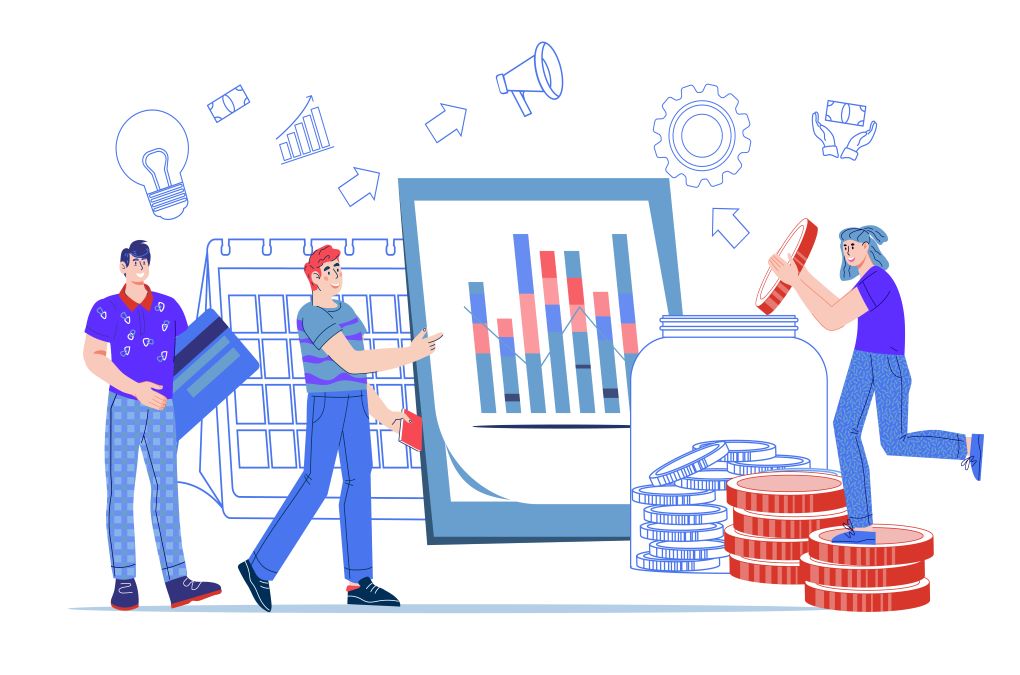
You’ve already taken a step on the right path if you’re looking for a better approach to managing your debt, intending to eliminate most or all of it. As you prepare to move forward, keep in mind that having debt isn’t bad. A mortgage may help you realize your goal of owning a home and help you develop wealth if the value of your property increases.
However, having too much or incorrect debt, such as high-interest credit card debt, might limit your capacity to pursue other financial goals.
If you’re attempting to find out how to manage your obligations, establish a list of how much you owe and to which suppliers and how much you pay in fees and interest to each.
While this may be an unpleasant wake-up call, it will provide you with a clear picture of where you are and how varying interest rates and fees may affect the amount you pay back.
Can you combine numerous high-interest loans into a single loan with a reduced interest rate? Is there a low-interest personal loan available that you may use to pay off high-interest credit card balances? Before consolidating or refinancing any student loans, thoroughly check your eligibility for federal loan forgiveness programs that may be affected by loan consolidation or refinancing.
It may also be beneficial to comprehend how much money you have coming in and how much cash is necessary for the necessities. And where your money may be remaining, apart from determining what you owe.
This will assist you in deciding where there may be room for measure and where you may be able to cut a little extra to support your repayments.
If your debt makes you feel overwhelmed, it’s time to take an honest look at what you’re spending each month. Are there any expenditures you can reduce or eliminate? Restricting the amount of new debt you take on is essential for debt reduction.
Many debts can result in multiple fees and interest charges. Hence, combining your debts into a single loan with a cheaper interest rate and costs may help you save money.
If you consolidate your debts, you may find it easier to handle because you’ll just have to make one payment rather than numerous.
However, before you decide, you should check to see if your lender is ASIC-licensed. And if you’ll truly be saving money after factoring in interest rates, fees, and other costs. Also, bear in mind that if you fail to make your payments on time, you may wind up paying extra.
It is entirely up to you how you approach your debt. The two most prevalent techniques are to pay off the accounts with the highest interest rates first or to pay off the balances with the lowest interest rates first. The former will save you more money in the long term. At the same time, the latter will assist you in maintaining momentum and seeing progress. In any case, you’re moving on the correct path, so keep to your strategy.
Conclusion
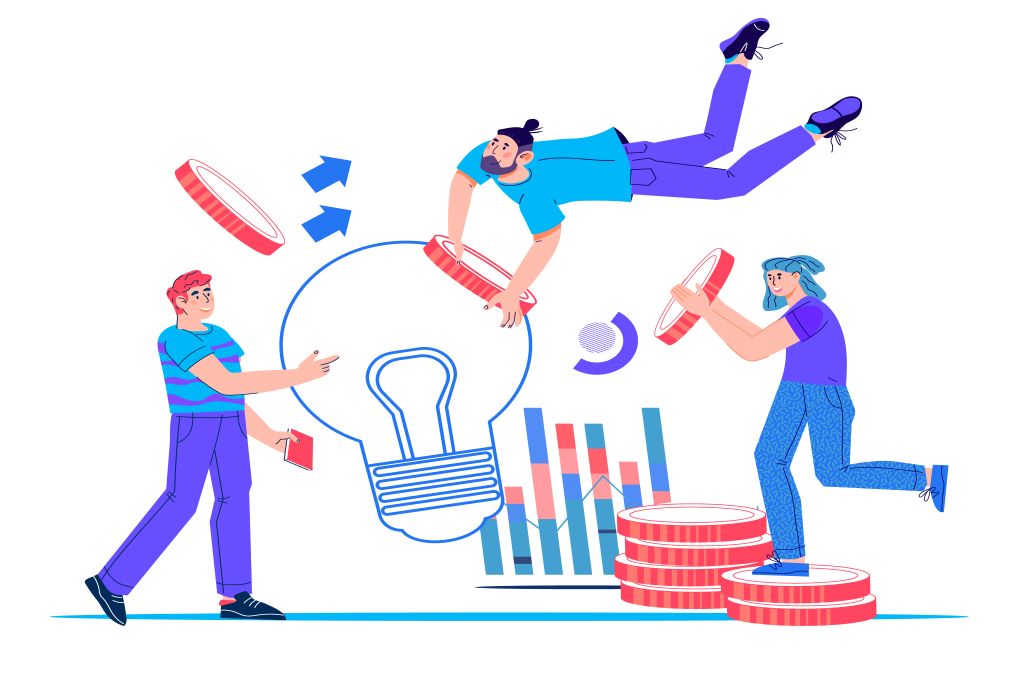
Economists, politicians, and sociologists have long been concerned about the amount of debt held. The relationship between debt and its influence on a country’s social and financial health is widely understood. However, the repercussions of excessive borrowing are being felt in another critical sector of the economy: the workplace.
Personal borrowing is on the rise all around the world. It reached $13.86 trillion in the second quarter of 2019 in the United States, more than $1 trillion greater than in the years preceding the 2008 financial crisis. That equates to 109 per cent of a household’ net disposable income.
- Prioritize your bills. Ensure the most essential tabs are paid first, followed by the less essential ones.
- Cut down on unnecessary expenses. Use this money to pay off your debts instead.
- Budgeting is essential for a happier financial life. Plan an extensive budget for yourself and record your daily expenses on time.
- Keep a close eye on your financial assets.

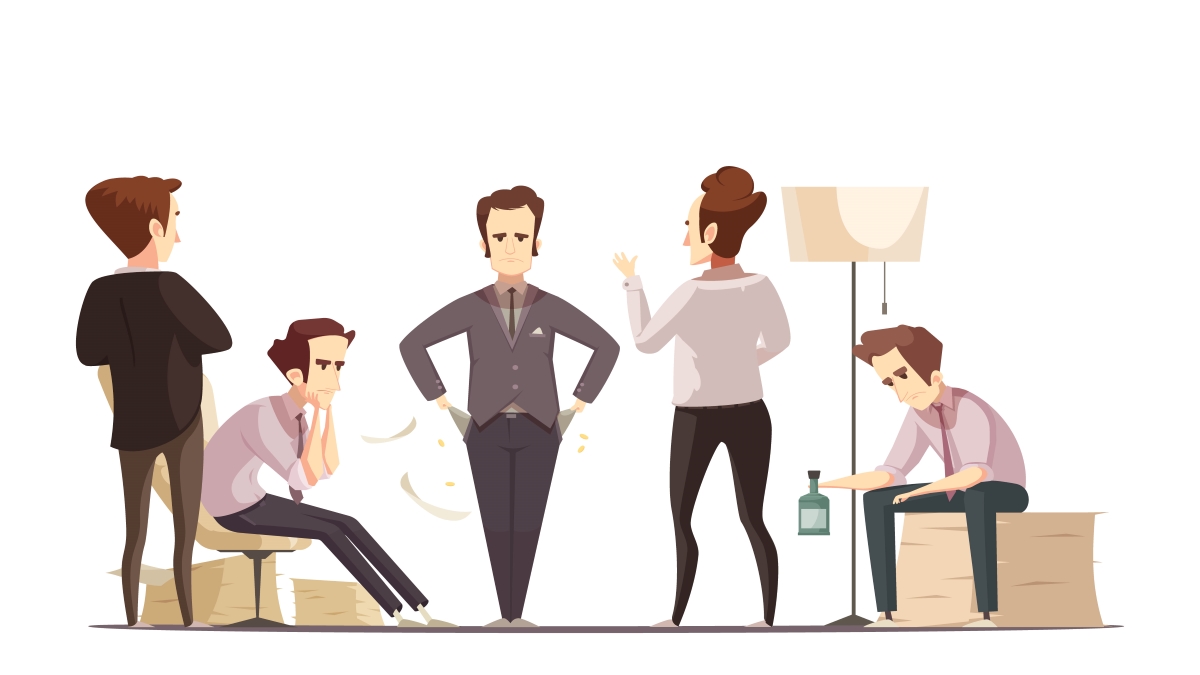

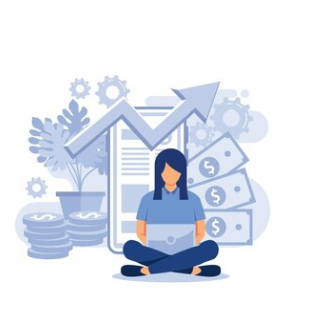

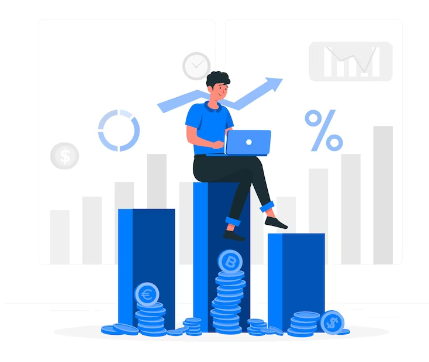
 Our users have reported an average of $5K+ positive impact on their personal finances
Our users have reported an average of $5K+ positive impact on their personal finances
